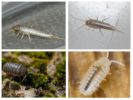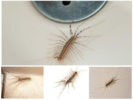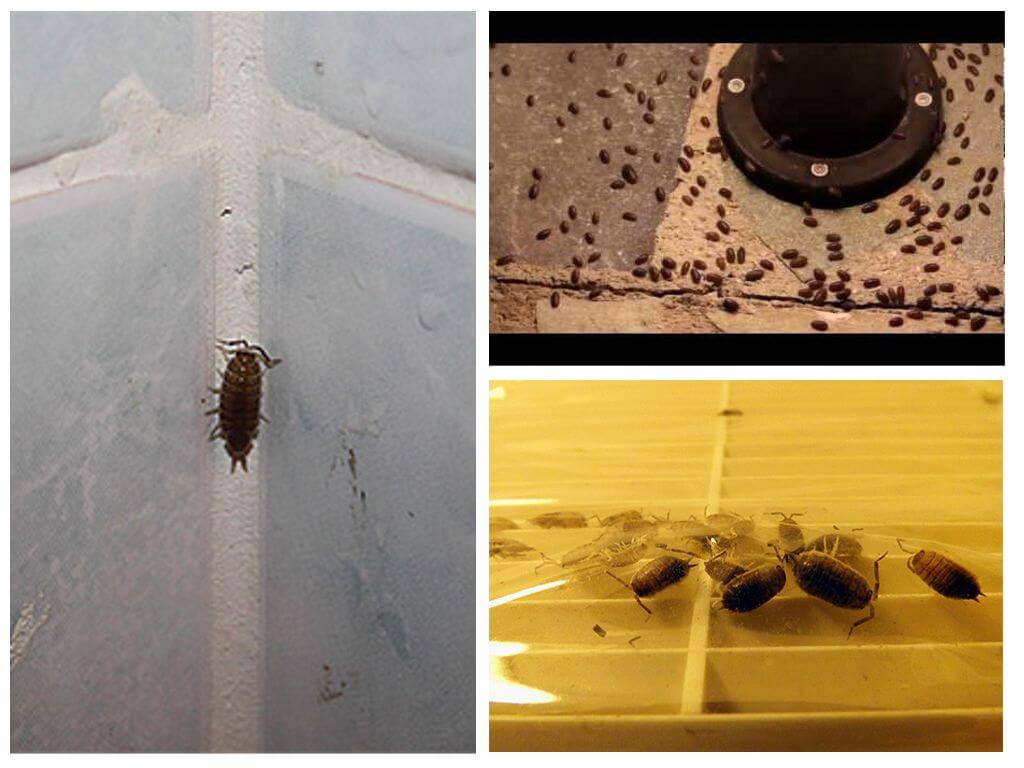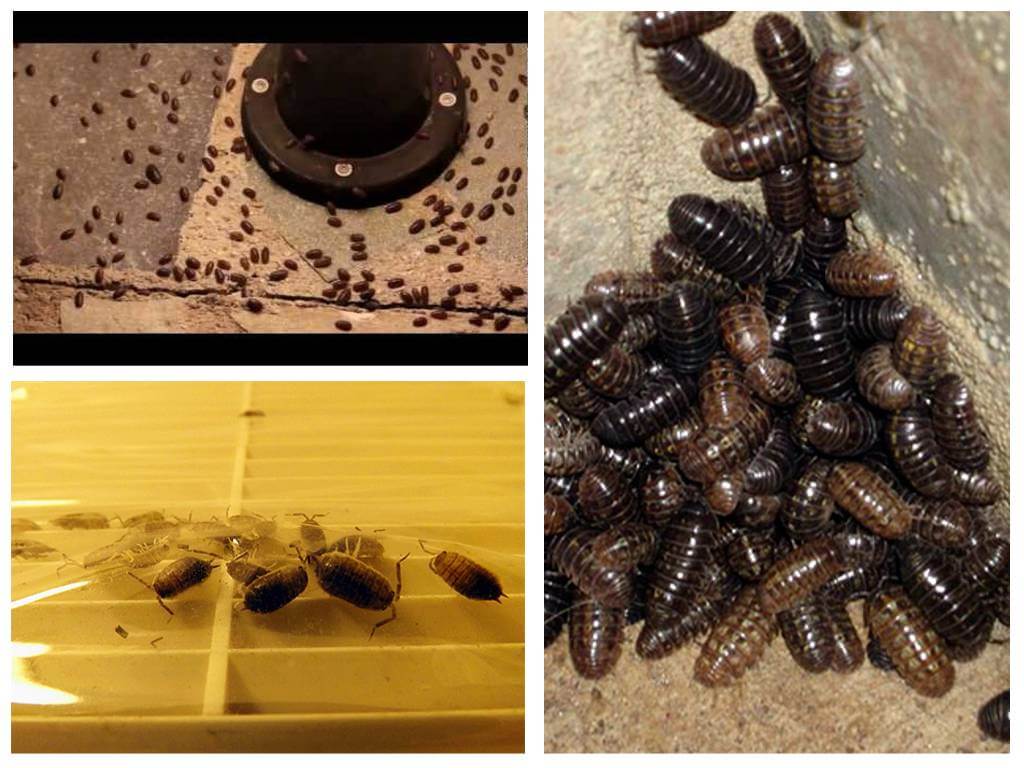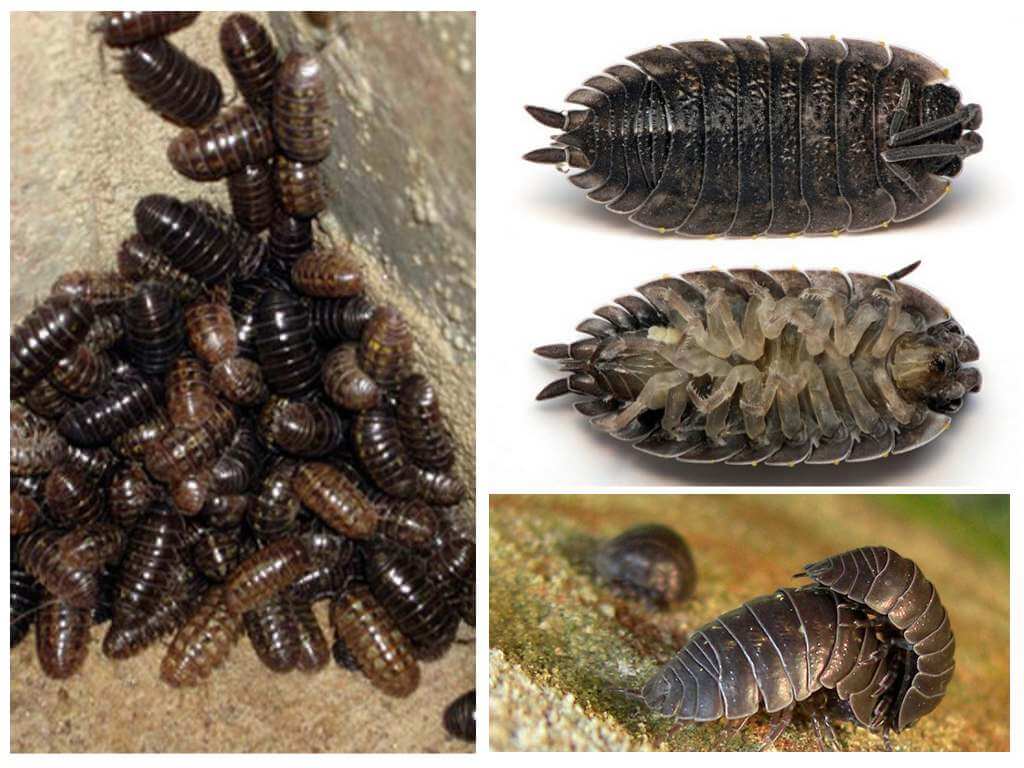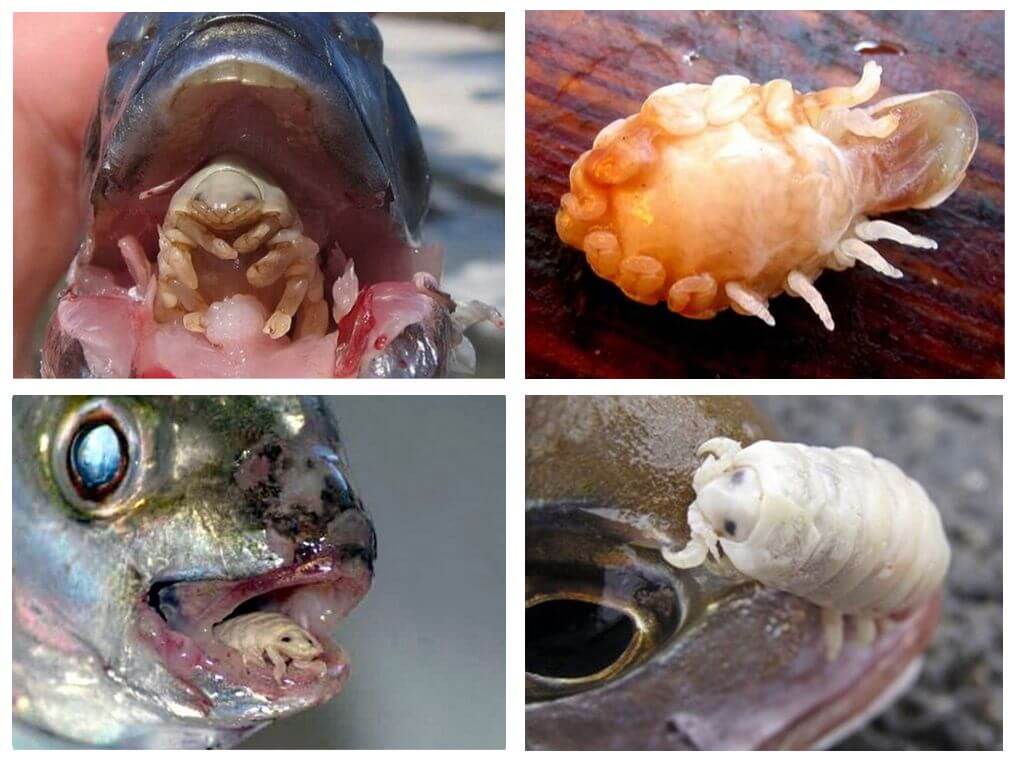- Woodlice
- Millipedes
During the shower, many of us had to find an unpleasant surprise under our feet in the form of a small slippery creature that resembled a mustachioed beetle. In reality, it is nothing but wood louse - representative of the suborder of crustaceans, having a dense shell and gills. Sometimes wood lice are confused with millipedes, who prefer to live in the wild. However, mimicry in wood lice and millipedes gives them the opportunity to imitate the color of even the poisonous spider karakurt.
Mokritsa
The wood louse is nothing more than a small crustacean having an oval body slightly convex in the upper part. The size of an adult can reach up to 18 mm. The body is covered with a 7-segment gray shell, which protects against external enemies and natural factors. It consists of shields that lie on one another to create the effect of a tiled roof. In case of danger, the body of the animal is folded, forming a lump protected on all sides, similar to a shell. So expressed mimicry of woodlice.
At the bottom of each segment there is a corresponding pair of legs (a total of 7 pairs). On the small head of a wood louse there are two pairs of mustaches and eyes. Two tactile organs resembling appendage tails are located at the end of the body.
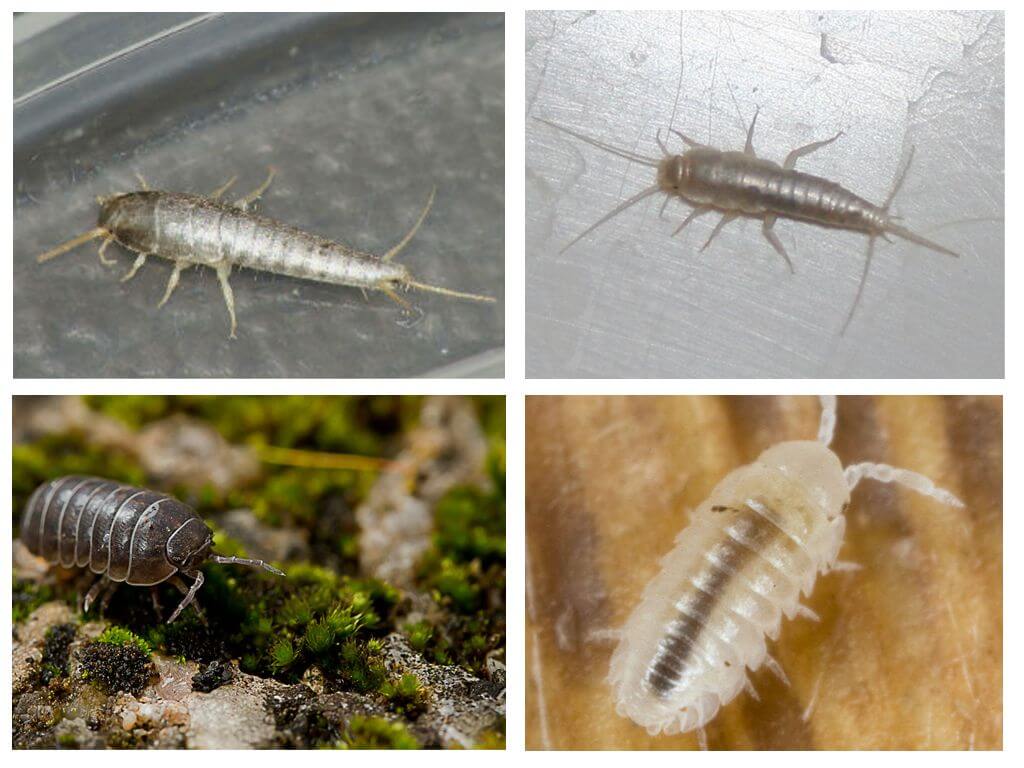
Despite the fact that wood lice have switched to a land lifestyle, they breathe through the gills. The main thing is the presence of a moist climate, a dry habitat is harmful to them. Crustaceans settle in moist, loose soil, feeding on fallen leaves and rotting wood. They are active at night and hide in shelter during the day. These animals get into apartments from damp basements or attics, where there is a problem with sewage or water supply.
Often, residents of high-rise buildings simply do not know the difference between wood lice and millipede. Despite the fact that these are completely unrelated organisms, they are able to mimic and become similar not only to other objects externally, but even to predatory spiders. Therefore, having met such an animal, you can easily make a mistake.
On a note
Mimicry is the unique ability of living organisms to acquire resemblance to the objects surrounding them. Imitating another species, insects and animals try to protect themselves.
Woodlice are not dangerous to humans, but they can do harm. Being in damp basements and cellars, they can spoil food. Using an ability such as mimicry, the animal can also settle in a flower pot with moist soil. As a result, it easily disrupts the normal development of the plant. Therefore, apartment owners try from them get rid by various means and methods.
Centipede
Millipedes, or as they are also called centipedes, are moisture-loving creatures of a yellowish or dark gray hue. Prefer to eat decaying foliage. Young shoots, roots or bulbs may also be to their taste, which subsequently can lead to wilting of the plant. The size of millipedes is 10-50 mm, the trunk is segmented. At the slightest danger they curl up in a ring. This is a peculiar manifestation of mimicry.
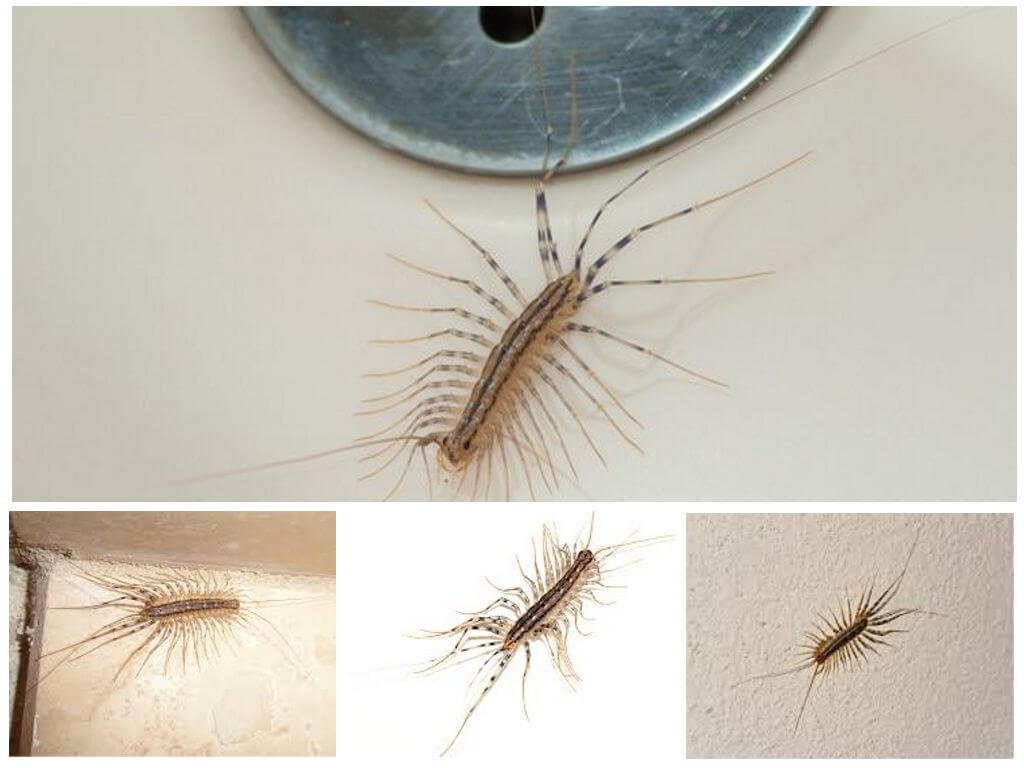
The body of the millipede can be conditionally divided into two components - the head and trunk. The head is round in shape with a pair of antennae and two pairs of jaws. On each segment of the body are one or two pairs of legs. Some types of millipedes can consist of hundreds of segments.
Millipedes are wildlife creatures.They can be found not only in forests or meadows, but also in savannas and even deserts. Using the properties of mimicry, arthropods adapt to different habitats. Certain types of millipedes can be dangerous to humans. Their rather painful bite can be accompanied by edema, tumors and even fever.
When wondering whether moths and millipedes have mimicry, it can be safely stated that both animals have this ability. In addition, the mimicry between the wood louse and millipede is very similar: both creatures, trying to hide, curl up into a glomerulus.
